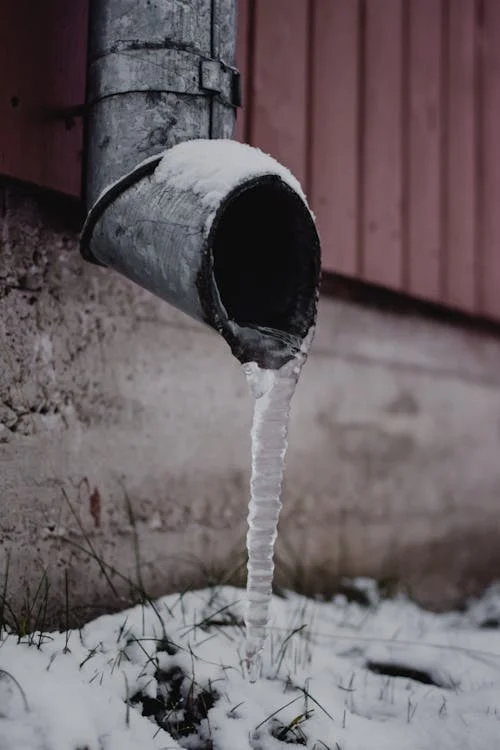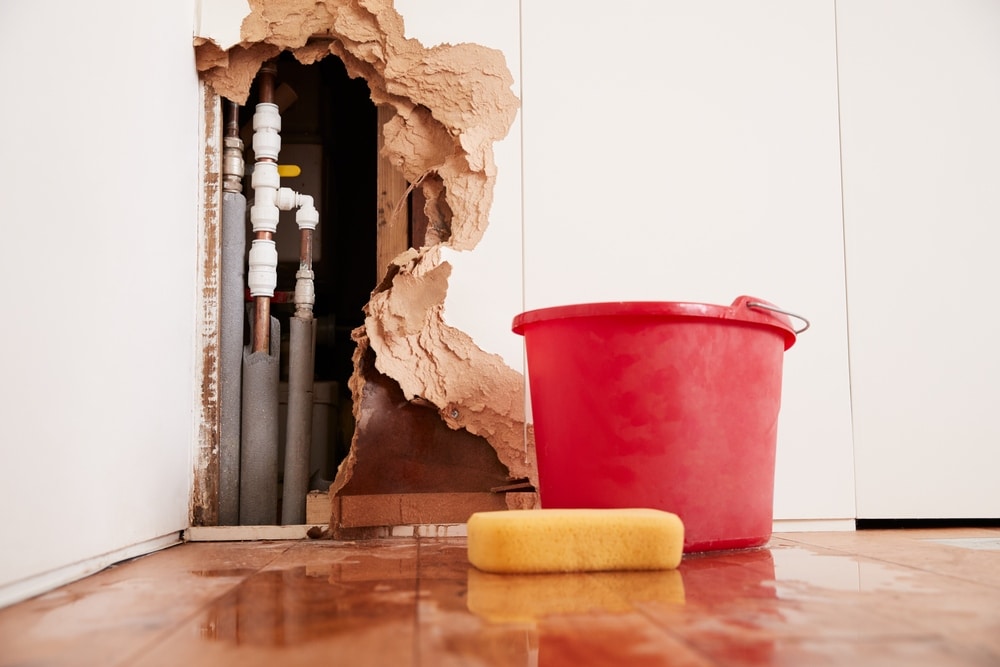Signs of a Burst Pipe: How to Identify and Address the Issue Before It Escalates
Stopping Burst Piping: Important Tips to Shield Your Plumbing
Protecting against burst pipelines is a crucial concern for property owners, especially throughout cooler months when the threat of cold is heightened. Executing critical procedures such as correct insulation, routine evaluations, and keeping consistent indoor temperatures can dramatically decrease the chance of pipeline failing.
Understand Pipeline Vulnerabilities
Comprehending pipe susceptabilities is crucial for effective pipes upkeep and protecting against expensive damage. A number of aspects contribute to the vulnerability of pipelines to ruptureds, including product make-up, age, and environmental conditions. Older pipelines, especially those made from galvanized steel or polybutylene, commonly degrade over time, bring about raised risk of leaks and tears.
Temperature fluctuations can likewise dramatically effect pipe stability. In colder climates, water entraped in pipelines can ice up, exerting and increasing pressure on the pipeline walls, which might inevitably bring about a ruptured. High water pressure can strain pipelines, specifically at joints and bends, increasing the chance of failing.

Insulate Pipes Correctly
Correct insulation of pipelines is crucial for stopping cold and succeeding ruptureds during winter (burst pipe). Shielding your pipes system properly safeguards versus temperature level goes down that can bring about costly damage. Begin by identifying susceptible areas where pipes are subjected to outside temperatures, such as basements, attics, and exterior wall surfaces
Usage foam pipeline insulation sleeves or wrap insulation tape around these locations to provide a safety obstacle. Make sure that all sections of the pipes, particularly those with limited warmth direct exposure, get sufficient insulation. Pay special attention to joints and installations, as these are a lot more susceptible to cold.
When protecting, it's vital to select materials that fulfill neighborhood building ordinance and are appropriate for the certain environment. Fiberglass insulation is usually advised for its thermal resistance residential properties. Furthermore, consider utilizing heat wires or tape in extreme problems, which can be plugged in to provide supplementary warm
Routinely evaluate insulated pipelines for any type of indicators of wear or damage, as endangered insulation can decrease its performance. By taking these proactive actions, you dramatically decrease the threat of pipe bursts, making certain a trusted plumbing system throughout the cold weather.
Maintain Constant Temperature Level
A secure interior temperature is important for avoiding burst pipelines during the frigid months. When temperature levels decline, water within pipelines can freeze, expanding and developing stress that might ultimately cause the pipelines to burst.Utilizing a programmable thermostat can aid handle indoor temperature levels successfully, guaranteeing that rooms with pipes stay warm also when the house is unoccupied.
This minor flow of water can prevent cold by relieving stress within the pipes. By implementing these approaches, property owners can considerably reduce the threat of pipe ruptureds and protect their pipes systems versus the harsh winter elements.
Consistently Check Pipes
Normal examinations of pipes systems are critical for avoiding burst pipelines and keeping total home honesty. Routine checks permit homeowners to determine Check Out Your URL prospective problems before they escalate into costly repair work or significant water damages. During these examinations, it is important to examine visible pipes for indicators of corrosion, leaks, or wear. Pay special focus to areas susceptible to cold, such as cellars, attic rooms, and outside wall surfaces.
Furthermore, evaluating joints and connections is crucial, as these points are often vulnerable to leakages. Home owners need to likewise evaluate water pressure levels, as excessive pressure can strain the pipes system and increase the risk of pipeline bursts.
Take into consideration scheduling professional plumbing examinations at least as soon as a year, especially before winter, to ensure your system is prepared for chillier temperature levels. By being proactive in your method, you can safeguard your home against the pricey and disruptive repercussions of burst pipelines.
Know Emergency Situation Treatments
Understanding emergency situation procedures is important for every home owner, particularly after performing regular plumbing evaluations. Being planned for a plumbing emergency can significantly reduce damage and save expenses. Locate your major water shut-off valve; it is commonly located near the he has a good point water meter or where the main line enters your home. Familiarize on your own with its procedure, as shutting down the water system promptly can prevent considerable flooding.
Following, maintain important tools useful. A pipes emergency situation kit should consist of a wrench, plunger, and towels, as well as a flashlight and a pail for tiny leaks. In addition, consider having the call info for a relied on plumber conveniently offered, ought to the scenario intensify past your control.
If you spot a leak or burst pipe, immediately switch off the supply of water and notify your plumbing professional. Moreover, record the damages with pictures for insurance policy functions. burst pipe. Be mindful of the indicators of potential plumbing concerns, such as unusual water stress changes or damp spots on walls
Eventually, aggressive expertise and swift activity are critical in handling pipes emergency situations, guaranteeing your home continues to be protected and lessening potential damage.

Conclusion
To conclude, preventing ruptured pipelines necessitates a complex strategy that consists of understanding pipeline vulnerabilities, proper insulation, maintaining regular interior temperatures, routine inspections, and knowledge of emergency situation treatments. By implementing these important techniques, the threat of plumbing failings can be dramatically reduced, therefore making sure the longevity and performance of the plumbing system. Positive steps not just protect versus potential damage yet additionally add to overall water preservation and the protection of building.
In chillier environments, water trapped in pipes can ice up, applying and expanding pressure on the pipeline walls, which may content ultimately lead to a burst. When temperatures drop, water within pipes can ice up, expanding and creating stress that might ultimately trigger the pipelines to ruptured. By applying these strategies, homeowners can considerably lower the threat of pipe bursts and secure their pipes systems against the harsh winter season components.
